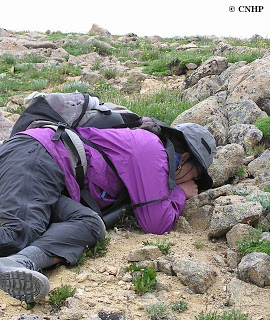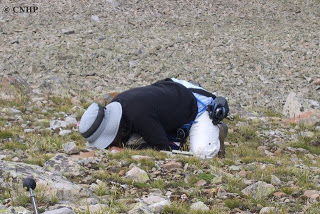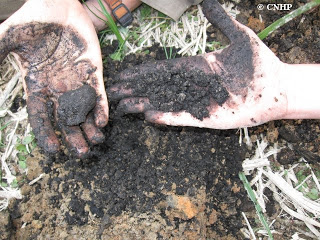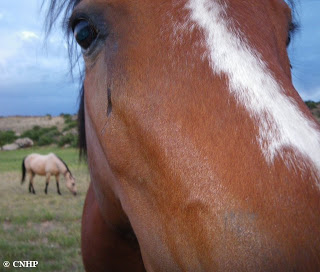Field work is engaging and rewarding, and a yearly event for most CNHP staff. Field season is upon us and crews are already out or on their way. Recently, we blogged about some of the considerations involved in this kind of work, and the importance of being prepared.
Although our field crews are prepared to work in all kinds of conditions, field work frequently includes an element of the unexpected. Live-trapping is an important aspect of zoology field work. While live-traps come in various sizes and configurations, it is impossible to ensure that only the species you are interested in wander into them. Zoologists trapping for small to mid-sized mammals therefore never know what they might find.
Some days are more exciting than others.


Botany is usually not as heart-poundingly exciting, but does require an intimate knowledge of itty-bitty plant parts, and high-powered lenses.


While there are botanical aspects to wetland classification and quality assessment, this type of field work also involves a serious appreciation for the finer points of mud.


We always get landowner permission before accessing a property. Locals are often gratifyingly interested in our work.

Posting frequency here at the ol’ CNHP Blog may get a little irregular over the next few months as we go out and get more valuable data on the biodiversity and ecological health of our great state (and those of us left in the office get a chance to catch up on work that’s been piling up), but keep checking in over the summer as we still have a lot more to say. As always, thanks for reading!




